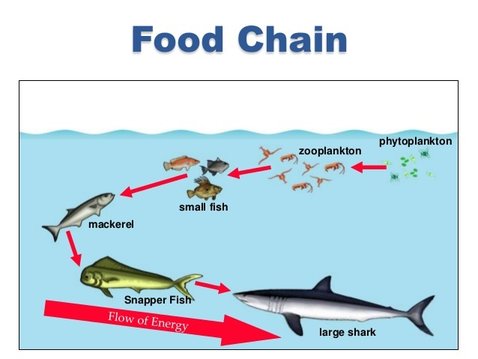Jellyfish Food Chain Biology Diagrams
Jellyfish Food Chain Biology Diagrams Jellyfish, often mistaken as mere drifters of the ocean, play a significant role in the marine ecosystem. Understanding how jellyfish compare to other marine animals within the food chain can provide insight into their ecological importance and impact on ocean health.

Jellyfish play an essential role in the ocean's food chain. They consume a variety of smaller organisms, including microscopic plankton, various crustaceans, and even other jellyfish. In turn, jellyfish are a significant part of other sea creatures' diets. Sunfish and turtles, for instance, often rely on jellyfish as a food source.

Virginia Institute of Marine Science Biology Diagrams
Jellyfish play an important role in the undersea food chain. Although they are relatively small and simple creatures, they're responsible for helping maintain balance in the delicate ecosystem of the ocean. Jellyfish are a form of plankton, which means that their delicate bodies have a hard time resisting currents in the ocean. Bony Fish & Sea Turtles. Sea nettles are also an important food source for some of the largest animals in the world; both the largest bony fish (Mola mola) and the largest sea turtle (the Leatherback sea turtle Dermochelys coriacea) subsist almost solely on jellyfish. In Chesapeake Bay, many fish, including the Atlantic Spadefish and Butterfish

Some jellyfish, such as the moon jellyfish, are suspension feeders. This means they have a special filtering system to collect food particles, like zooplankton, that are floating in the water. Rather than searching for food, they let the food come to them as they move through the water. The spotted jellyfish also has a different feeding strategy. Level Two: Herbivores The next level of the marine food chain is made up of animals that feast on the sea's abundant plant life. On the ocean's surface waters, microscopic animals— zooplankton, which include jellyfish and the larval stages of some fish, barnacles, and mollusks—drift across the sea, grazing opportunistically. Larger In their larval stages, microscopic animals called zooplankton include jellyfish, crustaceans, and mollusks. Larger herbivores include larger fishes like surgeonfish, parrotfish, and green turtles. Atlantic Ocean Food Chain is located in the Atlantic Ocean. It is the second-largest of all oceans in the world and is home to billions of

Marine Food Chain Biology Diagrams
Introduction to Jellyfish Predators. Jellyfish are an important food source for many marine animals, ranging from small fish to large mammals. Some species of fish, such as the sunfish and the blue tang, feed on jellyfish as a primary source of nutrition.These fish have evolved specialized digestive systems that allow them to break down the stinging cells and extract the nutrients from the
